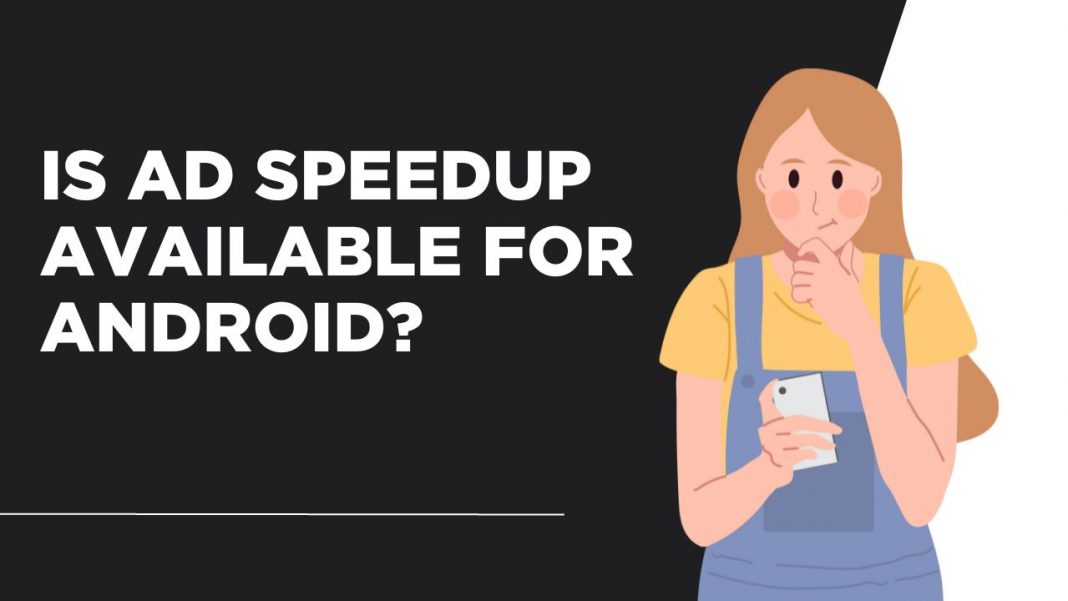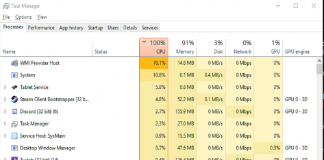Advertisements are an integral part of the mobile app ecosystem. They allow developers to offer apps for free or at reduced costs while still generating revenue. However, ads can also be intrusive and annoying for users if not implemented properly. This has led to demand for solutions that can speed up or skip ads on Android devices. Here’s how to speedup ads on Android, looking at the techniques, pros and cons, and methods available.
Contents
What is Ad Speedup?
Ad speedup refers to techniques that allow users to fast forward or skip ads when using apps or browsing the web on their Android devices. This saves users time and provides a better experience compared to waiting through full video or display ads. Some common ad speedup techniques include:
- Fast forwarding video ads – Video ads can be lengthy, often 30 seconds or more. Ad speedup allows users to fast forward through the ad by 16x or more.
- Skipping display ads – Web pages and apps may show display banner or pop up ads. Ad speedup can automatically close these ads.
- Blocking ads – Ad blockers prevent ads from even loading on pages and apps. This completely eliminates ads.
- Limiting ad frequency – Apps may show too many back-to-back ads. Ad speedup limits how often ads appear.
The main goal of ad speedup is to provide a better user experience on Android devices by reducing disruptive, annoying, and repetitive ads.
Pros and Cons of Ad Speedup
Using ad speedup offers some benefits but also raises concerns for users and app developers.
Pros
- Better user experience – By skipping or speeding up ads, users spend less time waiting and more time enjoying content. This results in greater satisfaction.
- Increased engagement – With fewer ads, users may spend more time in apps and browsing sites with ad speedup enabled.
- Works across apps/sites – Many ad speedup tools work system-wide rather than being limited to just a single app.
- Data and battery savings – Blocking ads reduces data usage and saves battery life by limiting resource-intensive ads.
Cons
- Revenue impact – Developers rely on ad revenue. Blocking or speeding up ads cuts into this revenue stream.
- May break apps – Aggressive ad blocking can sometimes break functionality and features in apps.
- Violates terms of service – App stores and ad networks prohibit ad blocking as it undermines their business models.
- Limited control – Users have limited ability to whitelist acceptable ads or selectively enable ad speedup.
- Privacy concerns – Some ad speedup tools require invasive permissions or share user data.
Overall, ad speedup improves the user experience on Android but has tradeoffs for developers and advertisers. Users must decide if the benefits outweigh potential downsides.
How to Speed Up Ads on Android
There are several methods available to speed up or skip ads on Android devices:
Kiwi Browser
You might be wondering how to install Chrome extensions on Android smartphone. Let me tell you that still Google Chrome browser doesn’t support extensions in Android phone. I would suggest you to download Kiwi Browser which is Chromium based so it works just like Google Chrome and Microsoft Edge.
- Once you have downloaded Kiwi Browser from Play Store, tap three dots at the top.
- Select Extensions option.
- Now search for AdSpeedup in the search menu and install on the browser.
- Now open YouTube or any website, al video ads will speed up.
Here are Chrome extensions you can install on your Android phone with Kiwi Browser:
- AdSpeedup – Fast forwards video ads by 16x speed on YouTube.
- AdBlock Plus – Blocks many ads on sites with custom filter options.
- uBlock Origin – Efficient, lightweight ad blocker for Chrome and Firefox.
Ad SpeedUp Apps for Android
Specialized apps can speed up ads within other apps or when browsing:
- 1Blocker – Blocks ads and trackers in Safari on iOS and Android.
- AdClear – Open source ad blocker and tracker blocker for Android.
- Blokada – Blocks ads system-wide without root on Android.
Rooting
Rooting gives full control over Android. Ad blocking and speedup modules can then be installed, like AdAway. But rooting has risks like voiding device warranty.
VPN-based Blocking
VPN apps like AdGuard offer ad blocking by routing traffic through a VPN server. No root required, but limits device connectivity.
Conclusion
Ad speedup affords Android users greater control over their experience using apps and browsing the web. But the impacts on app developers and unintended consequences should also be considered carefully. Moderation and selective use of ad






































 Online casino
Online casino
